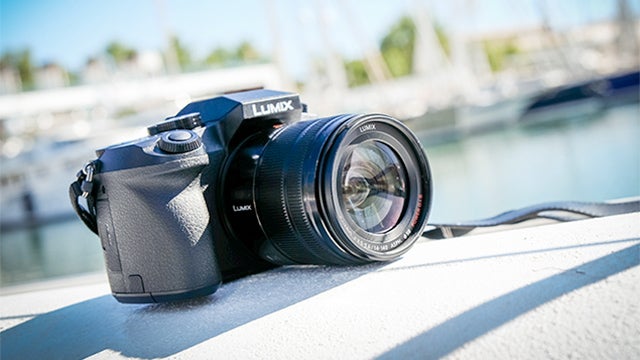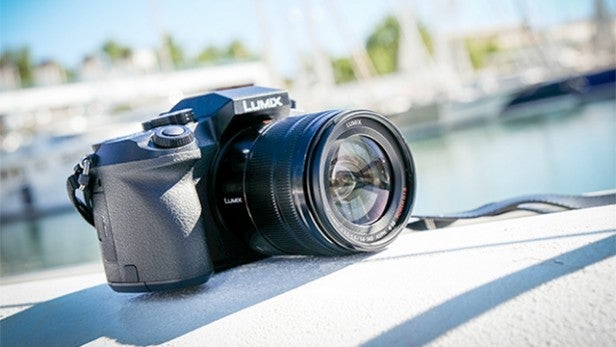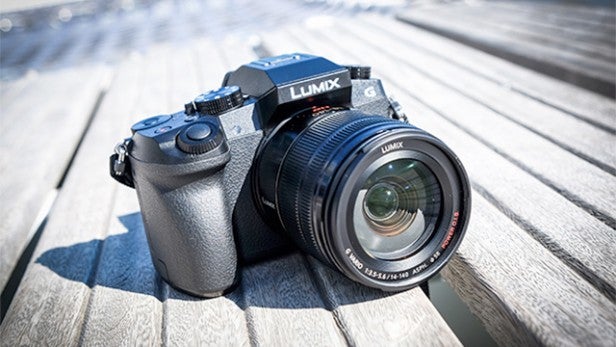Panasonic Lumix G7 Review - Image Quality, Video and Verdict Review
Image Quality, Video and Verdict
4K video in a CSC without smashing your bank balance

Sections
- Page 1 Panasonic Lumix G7 Review
- Page 2 Performance and AF Review
- Page 3 Image Quality, Video and Verdict Review
Panasonic Lumix G7: Image Quality
One area that hasn’t changed too dramatically since the last generation is image quality. Like the GH4, the Panasonic Lumix G7 has a 16-megapixel Micro Four-Thirds sensor. It produces good images just like the Lumix G6, but dynamic range is slightly limited by the sensor size.
At ISO 100, an extended mode that gets you the very best dynamic range results, the G7 scores 10.15EV in our dynamic range lab test. APS-C cameras at the price do better here (the Sony A6000 scores 12.26EV), although the Panasonic Lumix G7 holds onto its dynamic range pretty well as you head up the ISO range.

At ISO 800 it scores a very usable 9.27EV, and it even sticks at 6.12EV at ISO 12,800. The same clinging onto respectable performane is also seen in the Panasonic Lumix G7’s detail capture. It harvests about what we’d expect of a 16-megapixel sensor at base ISO, and holds onto the same labs detail score right up to ISO 800. It’s only at the top ISO 12,800 and 25,600 that detail really drops off.
Aside from the expanded ISO 100 mode, the rest of the range is totally native. That the G6’s ISO 25,600 setting was ‘expanded’ in the last generation shows that Panasonic is confident it has made some improvements here.
Image noise isn’t too obvious up to ISO 800 either, and both ISO 1600-6400 can produce great results too. It’s only the top two ISO settings that should be reserved for emergencies. That’s not bad going for a MFT camera.
When you’re shooting in very bright environments with a fast lens, the Panasonic Lumix G7 also offers an electronic shutter, letting you shoot as quickly as 1/16,000 of a second. The standard shutter setting does up to 1/4000, which should suffice for most conditions. Here are some shots taken using the camera:



Panasonic Lumix G7: Video
If you’re a stills shooter you probably know by now whether you want a Panasonic Lumix G7 or not. However it also shoots video at 4K resolution.
Or to be exact, you can shoot at 3840 x 2160 4K recording at 25p (50Hz) or 24p with a bit rate of 100Mbps, or alternatively 1920 x 1080 resolution at 50p in AVCHD or MP4 formats. This 4K resolution is actually UHD, not broadcast-standard 4K 4096 x 2160. The Panasonic GH4 can handle this, making it the choice for more professional shooters.
Of course, it you’re producing content for people to consume on YouTube or through their TVs, UHD is actually more useful as it’s the native resolution of all ‘4K’ TVs, monitors and laptops.

Should I buy the Panasonic Lumix G7?
The Panasonic Lumix G7 is one of the most video-centric affordable compact system cameras. And while it doesn’t quite offer everything you get in the Panasonic GH4, its skills should be enough to convert plenty of keen video-makers currently using an entry-level DSLR or something less capable.
It also makes a pretty great stills camera thanks to its wealth of manual controls, excellent EVF and good higher-ISO performance. If you want the ultimate in image quality, you might also want to consider an APS-C alternative like the Sony A6000 or FujiFilm XT10, which offer somewhat better better dynamic range.
Related: Best Cameras 2015
Verdict
A great stills camera and an even better one for video.
Trusted Score
Score in detail
-
Value 8
-
Design 8
-
Features 8
-
Image Quality 8
-
Build Quality 7
-
Performance 9


